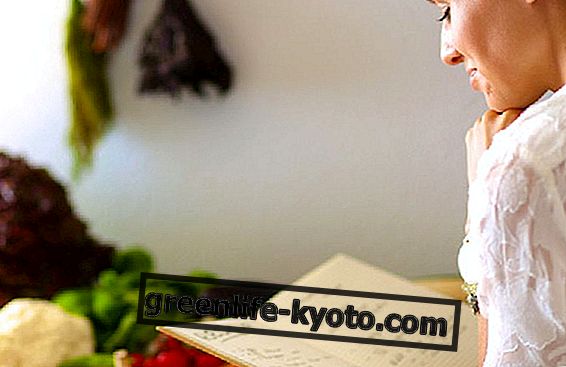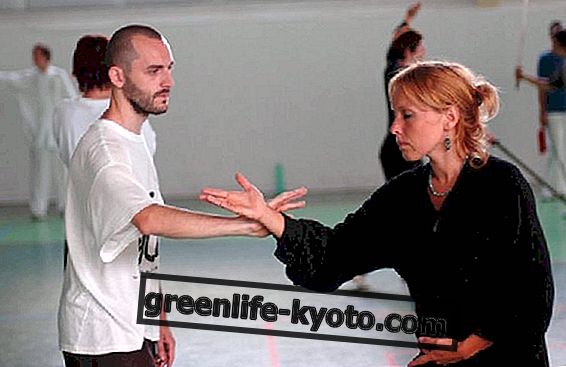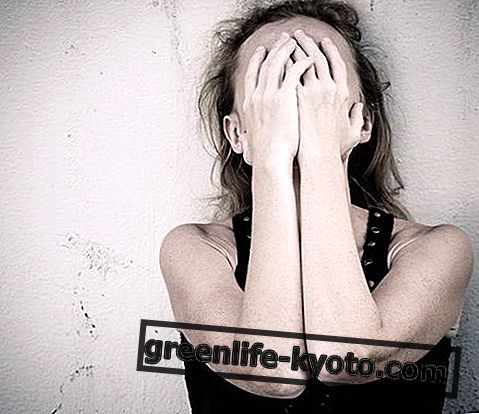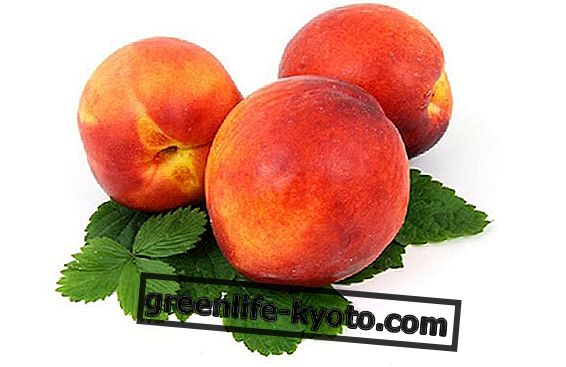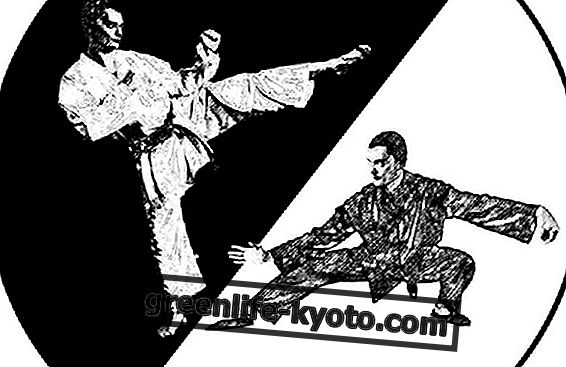
Nowadays, the offers of courses aimed at developing a capacity for self-defense are very frequent.
A question arises: are these courses able to achieve this goal? And possibly to what extent? How to evaluate the functionality of the proposed course?
The importance of adapting the course based on individual characteristics
The development of a real martial attitude, using specially designed techniques, certainly requires a lot of time and effort, but how much? The answer, in the first place, is related to a series of initial reference parameters such as the individual abilities of the practitioner (age, physical, psychic abilities, etc.) and the identification of the level considered acceptable.
This first consideration shows that, since the individual variables are multiple, a correct approach should be as subjective as possible. In other words, the t ecnico-athletic-psychological cut should be studied in a special way for the individual practitioner .
It's like clothes, the ideal is to have a tailor who knows how to sew their own clothes on everyone; must be the dress to fit the person! In the same way the technical approach will have to adapt to the practitioner, taking into account its intrinsic characteristics.
This first conclusion leads to the affirmation that a good teacher must therefore take into account the individual, and, if he is able, adapt his knowledge to create "the right dress" from time to time. The proposal of stereotyped courses and teachings, according to the writer, leads to modest results.
Another consequence of what has been said above is that there will be moments of individual lessons, to be alternated with group lessons, where the martial student will be able to test the skills acquired through comparison with other adepts.
A final consideration on the subject of technical relativism: the statements for which this martial art would be better / more effective than the other are presumptuous - or the result of ignorance. It is, in fact, evident that the "right" martial art is different for everyone, just like the dress of the tailor, for me karate could be more functional but for another it could be free struggle.
What is of great importance is being able to identify one's own martial art and practice it to the best of one's ability under the guidance, if possible, of properly trained teachers.
Martial arts: which to choose?
Attend a self-defense course: what goal?
The second aspect useful to determine the necessary commitment is that of the exact identification of the objective . It is, in fact, clear that if the aim is to increase the possibility of reaction in a situation of potential physical danger by a minimum, 20 hours of lessons may be sufficient, which will be mainly aimed at stimulating a level of attention and an attitude behavioral based on self-confidence in a dangerous situation (safety distance, ability to avoid conflict, to assess the potential aggressor's dangers, etc.).
Another answer is if the goal is to develop a martial ability to be continuously tested by comparison - free fighting - with other adepts. This goal will inevitably lead to a very long and beautiful road, some infinite; it will end, in fact, only when the warrior, having succeeded, finally, in winning himself, will no longer need to confront himself.
How to choose a self-defense course
In order to attempt to answer the third initial question - how to evaluate a course - the following is a brief list of four fundamental values that any martial learning study will have to develop and evolve.
Athletic preparation and physical conditioning : it is evident that the ability to react adequately to the most disparate and often unpredictable forms of aggression cannot be separated from an adequate preparation of our body. We must, in fact, keep in mind that every action of ours takes advantage of our physical self, and it is clear that if it is ready and trained the results will be optimal. Furthermore, the awareness of an adequate bodily state will affect our emotions giving us security. Parallel to the purely athletic preparation the practitioner will have to accustom his mind to the sensations that can be sent by the physicist when he finds himself in situations of particular difficulty. Thus the ability to live together, at times, with pain and fatigue must be trained as far as possible.
Development of coordination skills : of fundamental importance, for our reaction to be effective, is the possession of adequate body control. In fact, every potential aggression is a unique and unrepeatable event in itself. The situation, as reconstructed in the training phase, will never be exactly the same as the real one. For this reason, a high level of coordination is required to enable us to adapt our technical knowledge to the situation in question, an adaptation that must be carried out in fractions of a second
Development of one's own emotional control : the ability to maintain control over one's own emotions is an essential prerequisite for making it possible to exploit the defense potential acquired through the training of other factors. It is clear that if panic, an aggressive drive, insecurity or even an excess of security should prevail, the possibility of doing wrong and inadequate actions will be very high. Through the regular practice of martial arts it is possible to improve daily our self-control skills, as well as our self-esteem.
Study of martial technique : the ability to react to a situation of difficulty cannot be separated from the learning of a martial technique baggage, that the wider it will be the more it will allow the trained practitioner to be able to choose from a range of possible reactions the most effective one at the specific time.
I conclude by emphasizing how the four point is realistically functional only if the other skills have been evolved, remembering that the technique is a mere instrument, moreover, stereotyped to the ideal situation (always different from the real one), and that for an effective use of the same we must having the ability to adapt it to the current context, this capacity is closely linked to the development of the first three abilities listed above.




